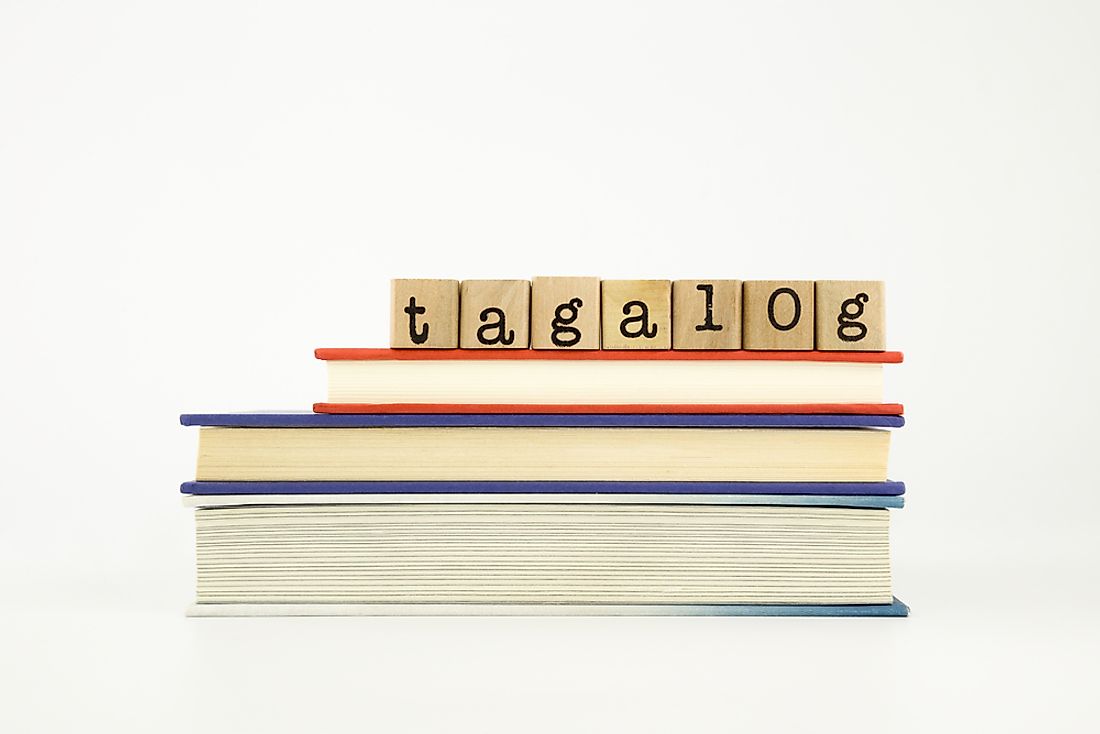Where is Tagalog Spoken?

Tagalog is one of the most prominent tongues spoken in the Philippines as a large number of residents speak it as their native dialect. A significant number of Filipinas also speak it as their second tongue. The standardized version of Tagalog is referred to as Filipino and has been declared by the constitution of the Philippines as one of the official languages in the state. The first time that Tagalog attained the status of official language was in 1897 after the introduction of the Constitution of Biak Na Bato.
The History of Tagalog
Linguistic research indicates that the word "Tagalog" refers to river dwellers, a possible reference to the origin of the Tagalog people. Despite extensive research into the subject, linguistic experts have been unable to trace the exact place from which Tagalog originated. The language has a close relationship with other Central Philippine dialects although some significant differences can be noted particularly in the usage of vowels. Compared to other languages such as Latin, Tagalog is a relatively young language as written evidence of the language going back to nearly 900 AD. The earliest written evidence of Tagalog is the Laguna Copperplate Inscription which indicates that the language has a long oral history. Research into the writings on the Laguna Copperplate Inscription suggests that it chronicles the political and trading ties between two communities.
Tagalog Books
The first time that a book was published in Tagalog was in 1593, and the book was the Doctrina Christiana. Fray Juan de Plasencia wrote the book to increase the number of Roman Catholics in the Philippines. Initially, the book was written in Spanish with the Tagalog version being a translation. During its translation, two different versions were created with the first making use of the Baybayin script and the second using a Latinized script that the Spaniards were trying to introduce. The Spaniards were greatly responsible for the modern understanding of Tagalog as they wrote dictionaries and grammar books. Pedro de San Buenaventura was credited with publishing the initial dictionary of Tagalog words. His work was a significant source of inspiration to Pablo Clain who used it as the basis of his work which linguistic scholars consider the first comprehensive Tagalog dictionary. His work was a source of inspiration to many who studied the language, and it was consistently edited even in the 21st century to make it relevant to the modern age. Over the years, several literary works were published in the language with one of the most prominent being Floránte at Laúra.
Writing Systems
Before the Spanish introduced the Latin alphabet to the Tagalog community, the Baybayin script was used when writing the language. The Baybayin script faded significantly during Spanish rule of the island. The main difference between the two systems is that Baybayin is an alphasyllabary while the Latin system was alphabetized.
Tagalog Culture
The Tagalog way of life is one of the most influential in the Philippines due to a large number of Tagalog people in the nation. Tagalog cuisine has dramatically influenced Philippine food with meals such as Bulacan being widespread.











